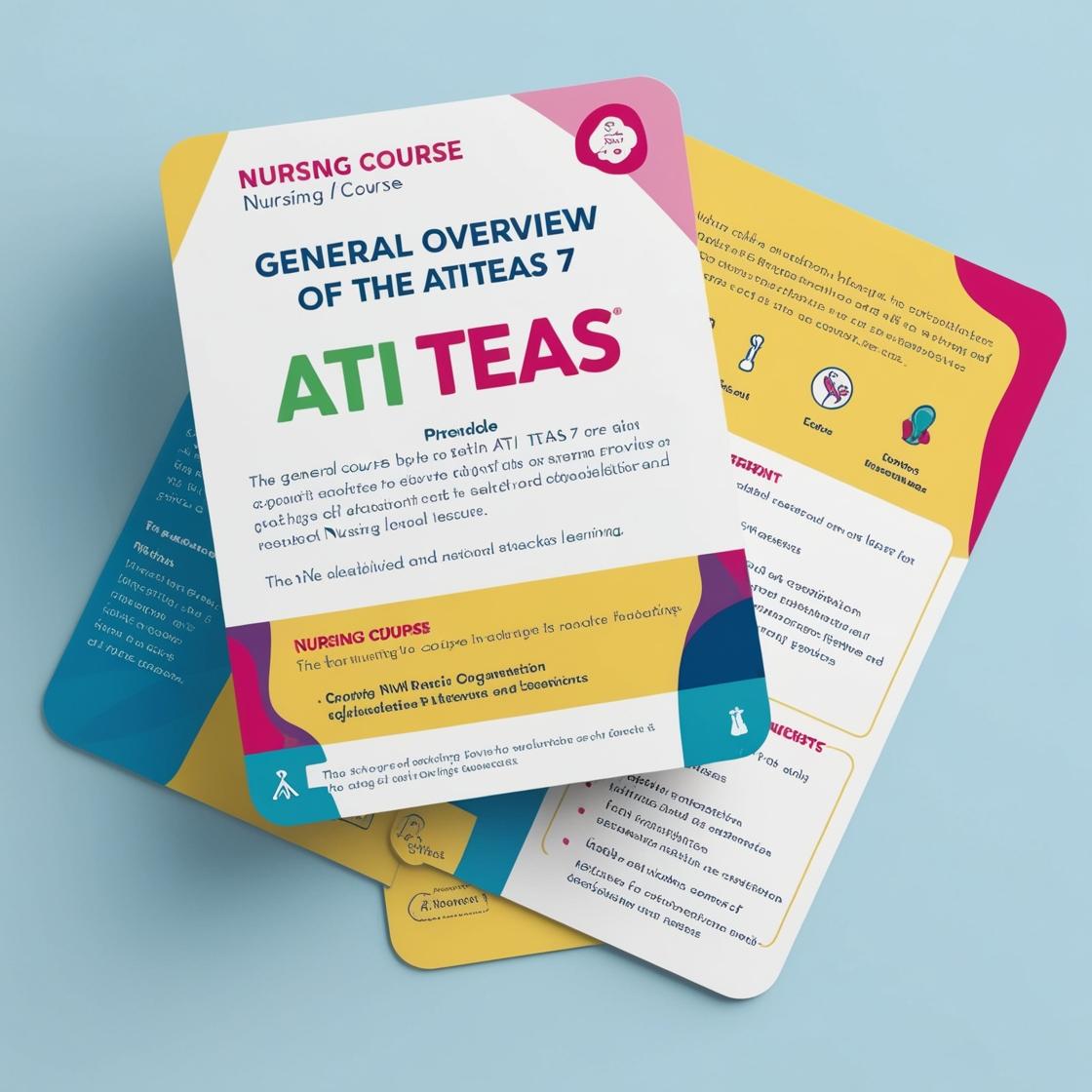ATI TEAS 7
TEAS 7 practice test science
1. Which orbital can hold a maximum of 8 electrons?
- A. s orbital
- B. p orbital
- C. d orbital
- D. f orbital
Correct answer: B
Rationale: The correct answer is the p orbital. Each p orbital can hold a maximum of 6 electrons (2 electrons in each of the 3 p orbitals), totaling 18 possible electrons when considering all three p orbitals. The s orbital can hold a maximum of 2 electrons, the d orbital can hold a maximum of 10 electrons, and the f orbital can hold a maximum of 14 electrons. Therefore, the p orbital is the orbital that can hold a maximum of 8 electrons, making it the correct choice.
2. What is the microscopic functional unit of the kidney responsible for filtering blood?
- A. Ureter
- B. Nephron
- C. Renal pelvis
- D. Bladder
Correct answer: B
Rationale: The nephron is the correct answer as it is the microscopic functional unit of the kidney responsible for filtering blood. It is composed of a renal corpuscle (glomerulus and Bowman's capsule) and a renal tubule. The other options, such as (A) Ureter, (C) Renal pelvis, and (D) Bladder, do not play a role in filtering blood within the kidney. The ureter is a tube that carries urine from the kidney to the bladder. The renal pelvis is a part of the kidney where urine collects before entering the ureter. The bladder is an organ that stores urine until it is excreted from the body.
3. What is the term for the phenomenon when two waves combine to form a new wave?
- A. Diffraction
- B. Interference
- C. Refraction
- D. Dispersion
Correct answer: B
Rationale: The correct answer is B: Interference. Interference is the term used to describe the phenomenon when two waves combine to form a new wave. When waves interact constructively or destructively, they interfere with each other, resulting in a new wave pattern. Choice A, Diffraction, refers to the bending of waves around obstacles, not the combination of waves. Choice C, Refraction, is the bending of waves as they pass from one medium to another, not the combination of waves. Choice D, Dispersion, is the separation of light into its different colors, not the combination of waves.
4. What property of a substance remains constant regardless of the amount of the substance present?
- A. Mass
- B. Weight
- C. Density
- D. Volume
Correct answer: C
Rationale: The correct answer is C, Density. Density is a physical property of a substance that remains constant regardless of the amount of the substance present. Mass (Choice A) is the amount of matter in an object and can change depending on the amount of the substance. Weight (Choice B) is the force exerted on an object due to gravity and can vary with location. Volume (Choice D) is the amount of space occupied by a substance and can change if the amount of the substance changes.
5. Tissues are groups of cells with similar:
- A. Appearance only
- B. Function and structure
- C. Location only
- D. Age only
Correct answer: B
Rationale: Tissues are groups of cells that work together to perform a specific function. They have similar structures that enable them to carry out their specialized functions effectively. Therefore, tissues are defined by both their function and structure, making option B the correct choice. Choices A, C, and D are incorrect because tissues are not solely defined by their appearance, location, or age, but rather by the shared function and structure of the cells within them.
Similar Questions

Access More Features
ATI TEAS Premium Plus
$150/ 90 days
- Actual ATI TEAS 7 Questions
- 3,000 questions with answers
- 90 days access
ATI TEAS Basic
$99/ 30 days
- 3,000 Questions with answers
- 30 days access
